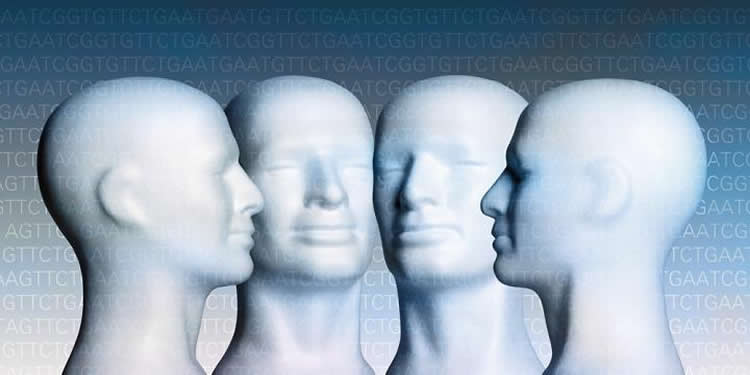Summary: A new phenotype atlas assisted researchers in identifying 30 genes associated with an increased risk of developing schizophrenia. Single-cell RNA sequencing revealed an essential role for the transcription factor znf536 in the development of forebrain neurons associated with social behavior and stress.
Source: University of Basel
The research group led by Prof. Alex Schier, Director of the University of Basel’s Biozentrum, has identified 30 genes associated with schizophrenia. The team was able to show which pathological changes in the brain and behavioral abnormalities are triggered by these genes. The results of the study have now been published in Cell.
The research team led by Prof. Alex Schier, Director of the Biozentrum, University of Basel, and currently group leader at Harvard University in Cambridge, investigated a total of 132 genes associated with schizophrenia. The potential connection to schizophrenia was confirmed for 30 genes. In zebrafish, the researchers found that errors in these genes impair the development or function of the brain and lead to behavioral abnormalities.
Regions in the genome under suspicion
Schizophrenia is a psychosis that leads to a disturbed perception of reality. This includes hearing voices, hallucinations or delusions. Although the disease can be treated with medication, it is currently incurable. Genetic changes that manifest themselves in the brain can cause schizophrenia. Previous studies have shown that several regions of the genome containing a variety of genes are associated with the disease.
Perpetrator profile of 30 genes
Alex Schier’s team has now identified 30 genes in these regions and has been able to show that they have concrete effects on the structure and function of the brain as well as on various behavioral patterns.
“Of the 132 suspects, we were ultimately able to establish a more precise perpetrator profile for 30 genes,” said Schier. “One of the perpetrators is the transcription factor znf536, which controls the development of the forebrain. This brain region influences our social behavior and the processing of stress.”
The research team not only deciphered the function of the individual genes but also generated an atlas of all genes with their respective consequences for the brain.

In the crosshair of research
“The question of how the individual genes trigger schizophrenia remains open,” says Schier. “It would be possible to investigate whether the genes we identified change similar brain regions in patients as in zebrafish.” These genes and brain regions could then become new targets for drug therapies.
Source:
University of Basel
Media Contacts:
Reto Caluori – University of Basel
Image Source:
The image is credited to University of Basel, Biozentrum.
Original Research: Closed access
“Phenotypic Landscape of Schizophrenia-Associated Genes Defines Candidates and Their Shared Functions”
Alex Schier et al. Cell Published March 28 2019. doi:10.1016/j.cell.2019.01.048
Abstract
Phenotypic Landscape of Schizophrenia-Associated Genes Defines Candidates and Their Shared Functions
Highlights
• 132 zebrafish mutants for genes located in schizophrenia-associated genomic regions
• Phenotypes for many understudied genes with previously unknown functions
• Phenotype atlas for abnormal behavior and brain activity
• More than 30 genes prioritized for future study
Summary
Genomic studies have identified hundreds of candidate genes near loci associated with risk for schizophrenia. To define candidates and their functions, we mutated zebrafish orthologs of 132 human schizophrenia-associated genes. We created a phenotype atlas consisting of whole-brain activity maps, brain structural differences, and profiles of behavioral abnormalities. Phenotypes were diverse but specific, including altered forebrain development and decreased prepulse inhibition. Exploration of these datasets identified promising candidates in more than 10 gene-rich regions, including the magnesium transporter cnnm2 and the translational repressor gigyf2, and revealed shared anatomical sites of activity differences, including the pallium, hypothalamus, and tectum. Single-cell RNA sequencing uncovered an essential role for the understudied transcription factor znf536 in the development of forebrain neurons implicated in social behavior and stress. This phenotypic landscape of schizophrenia-associated genes prioritizes more than 30 candidates for further study and provides hypotheses to bridge the divide between genetic association and biological mechanism.






